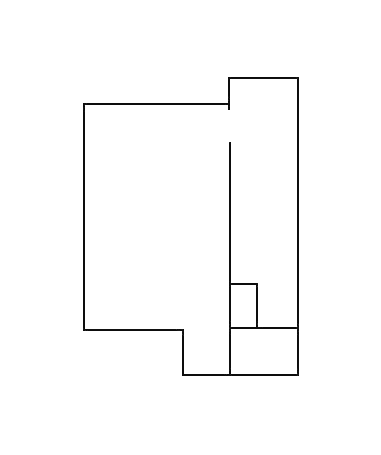EXPORTED: Ruth Marie Tomlinson – Two Dot, Montana
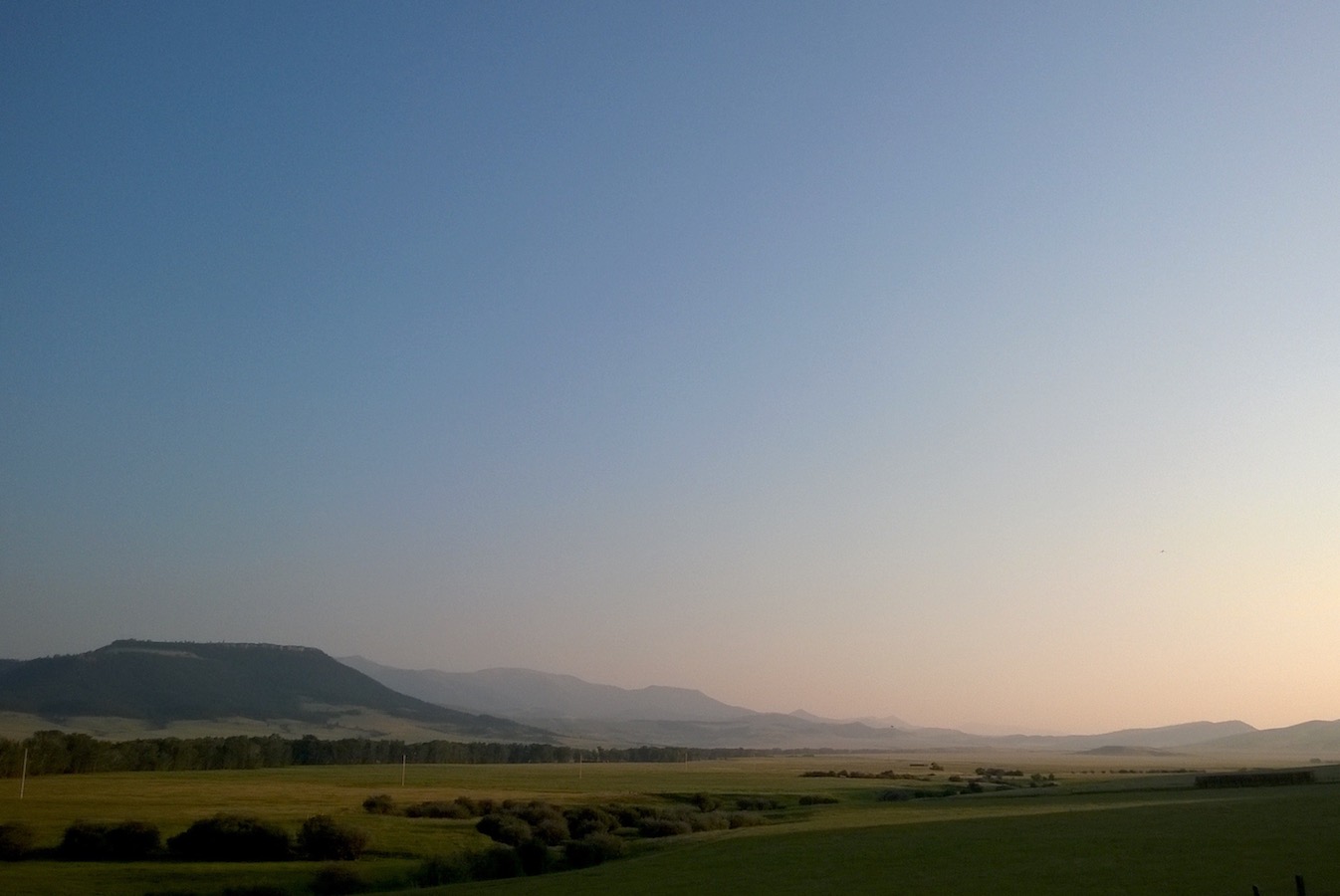
Parenthesis
Each summer I leave the city and all of its abundance: museums and movie houses, bakeries and sushi, lush green and the nearby ocean. I leave the comfort of my dear family and friends, trading it all for seemingly empty miles and the rural town of Two Dot, Montana where I’ve established my studio in a decommissioned schoolhouse with more rooms than I need. My husband John comes and goes throughout the summer, as do visiting artists, but I also spend time alone. Birds, clouds and books are my company. In the summer of 2015, Rebecca Solnit’s The Faraway Nearby became a daily companion. Solnit’s words and the summer itself explored the territory of transition, a place of longing and desire, a place of having and not having at the same time.
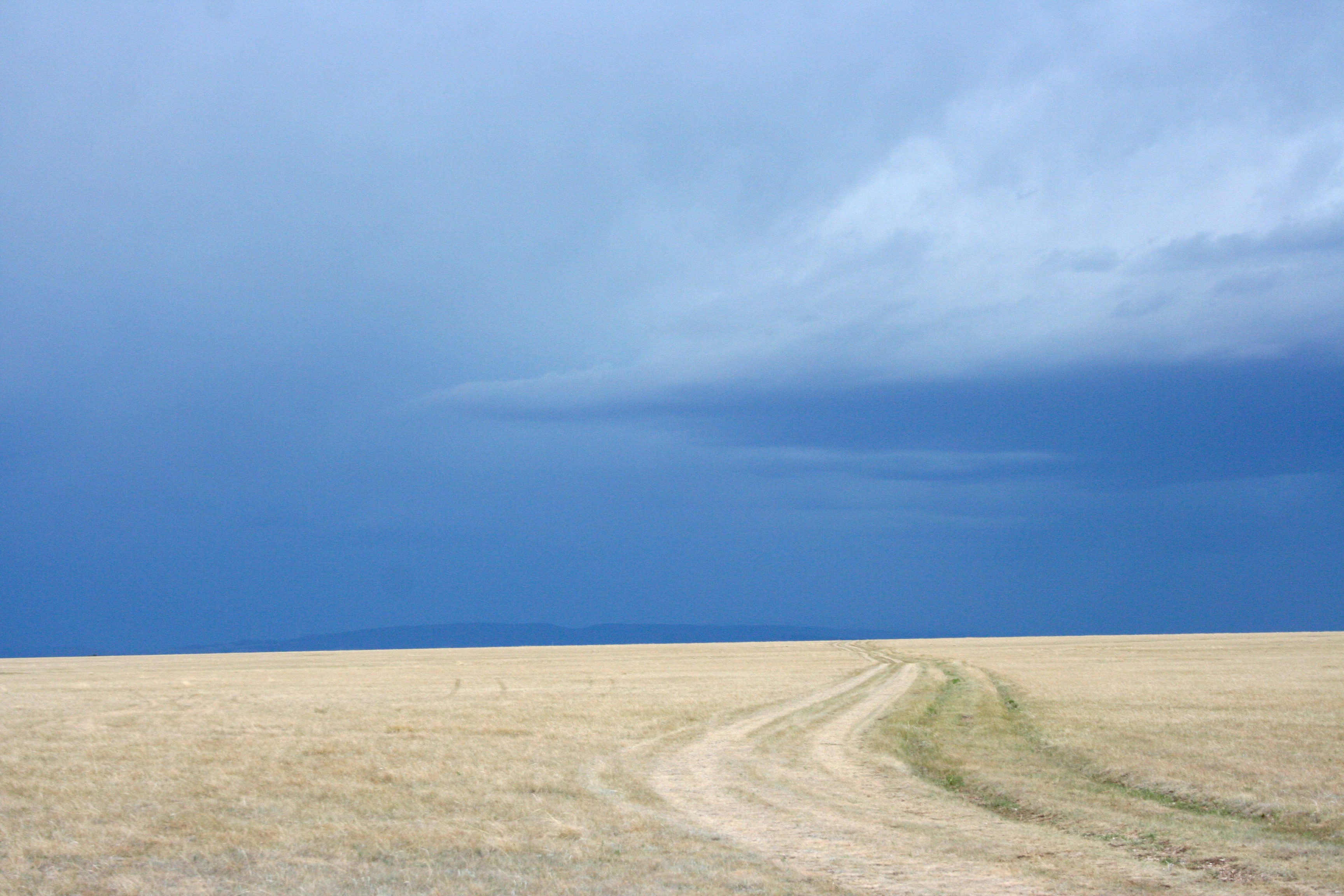
alone in the open
Just before the crickets quiet themselves the sun appears at the horizon and the birds begin to sing… a fleeting duet. Shadowy places are disappearing but heat is not yet rising with the sun. In this hovering between night and day there is a moment that stitches together darkness and light, sleeping and waking, dreaming and doing.
John is about to leave, once again, for our other home and I will stay. I already feel myself entering into a shifting place where alone and together are both present. I know I will soon question why I have stayed, but I wondered if I can briefly hold the place in-between when both realities are sharply clear and neither fully grasped.
Since October of 1971, I have shared my bed. John and I met on a weeklong campout in the Blue Mountains, crawling into the same sleeping bag that first night. I remember the feel of his pajamas against my legs, the cotton fiber worn soft. My slim dorm room mattress was our next bed and then a flabby waterbed in the living room of someone else’s apartment where we slept under the same sleeping bag we’d shared in the mountains. Later, still 18 years old, we slept in a yellow steel framed double bed in an old farmhouse full of college students who were learning more by making a life away from their parents than from the classes they were taking. We left that communal life for another bed on the ground in a canvas tipi. We’d sold all of our records and my dulcimer to raise the one hundred dollar price of a mail order kit. We stitched the pieces together and everyone thought we were brave. A lot of time was spent lying on that bed on the ground in the tipi, staying low and out of the perpetual smoke and gradually learning the reason North West Costal Tribes did not prefer this habitat of the plains. Was this our first brush with desire for a dryer more vast landscape, or just the foolishness of young love?
The place we’ve bedded down has changed and changed and changed, sometimes lasting a night, other times years. The most radical move may be the most recent; not a move exactly but a pattern of repeated migration from Montana prairie to the Washington coast and back again made radical by virtue of the journey not always being made together. There is nothing of our shared bed I wish to escape, but the desire for occasional solitude seems to necessitate it.
After taking John to the airport, the 2-hour return drive through the vastness of the eastern edge of the Rockies has nothing to recommend it. I usually love this drive but today I am asking myself why I choose this barrenness. Why do I choose to be alone? The questions I knew would come are raw and real.
On this first day, in the schoolhouse, in my “room of one’s own” even the sun refuses to show itself. I had thought of calling John, but there is a catch in my throat that I don’t want to release, so I sit still in the kitchen, held by the familiar green Naugahyde of the dinette chair rescued from my childhood. Later, walking past our bed I cannot imagine getting into it. I am the only one generating sounds and I have completely forgotten how to be alone. The minutes tick off and the night looms large.
Ultimately, I find myself occupying a slender strip on one side of our mattress, the rest neat and empty. His absence is tangible. Lying very quietly, I remind myself of my desire for solitude, of my belief that to be alone with yourself is to know yourself. And I remember Solnit’s reference to the story of Frankenstein suggesting that to not know yourself is dangerous.
My childhood closet in the house my father built was small and cedar lined. It smelled dense like the evergreen state itself. At the bottom of the closet with tiny dresses and sweaters made by my mother hanging overhead, was a square toy box painted deep red. I remember little of what was in that box, but I do remember emptying it of its contents and crawling inside. I may have even closed the closet door. It was not a hiding place. It was merely my own place.
It has taken decades to really see central Montana, though I have been visiting all of my life. I never disliked it, there was the novelty of the ranch and the cousins and my Aunt Carol who was like my mother but smelled of cottonwoods, slightly sour milk, and wood smoke. My father loved to hunt with these cousins and my mother loved to be with her sister. I sometimes went to school with my Aunt Carol where she was a teacher. While I fondly remembered each trip by its events I never thought of the landscape. It existed in the barrenness of my mother’s Montana color photographs of “scenery” taken in the 1950’s and 60’s. Had the colors faded? Were they just the product of the technology of the era? Or had I not yet been able to understand the palette of Montana? Back in our Washington home, I always quickly turned the pages of our family photo album past those muted rectangles looking for pictures of people. I couldn’t find anything in the rectangles of muted color and openness. I might have called it bleak, if the word had been in my childish vocabulary. But now, 50 some years later, I have chosen this landscape, one that I call barren only in my impatience. Any eager looking for something more is similar to the impulse to fill quiet spaces in conversation, not recognizing them for what they are.
Solnit recounts falling in love with a particular place and throwing herself into its vastness whenever she could. I’ve begun to feel myself falling into the open spaces of this place that lies between the curved parentheses of one mountain range and another on either side of the prairie. It remains critical to me to see those curves, to be held by them so as not to fall forever. I’ve heard of places like Kansas and Iowa where nothing holds the openness. A fall into the depth of such a place might be never ending. But I only imagine it, never having been there, always clinging to the sight of not so distant foothills that comfortably hold the space between.
The schoolhouse windows open onto the landscape; six portals in each room. Each square equals a dash of horizon, each dash part of the view out. It is a place of looking where eventually I can become calm enough to look at the same scene over and over each day.
I am sleeping diagonally in our bed now, a luxury of being on my own that doesn’t quite make up for the missing, but it is possible to hold both at once. This morning I woke with sun streaming into the windows and remembering my dreams, couldn’t imagine being anywhere else. I’d dreamt of stitching embroidery on gauze as flimsy as the clouds in the sky and of capturing the light on the floor and holding it… this is a beginning. Perhaps the missing can fuel rather than consume.
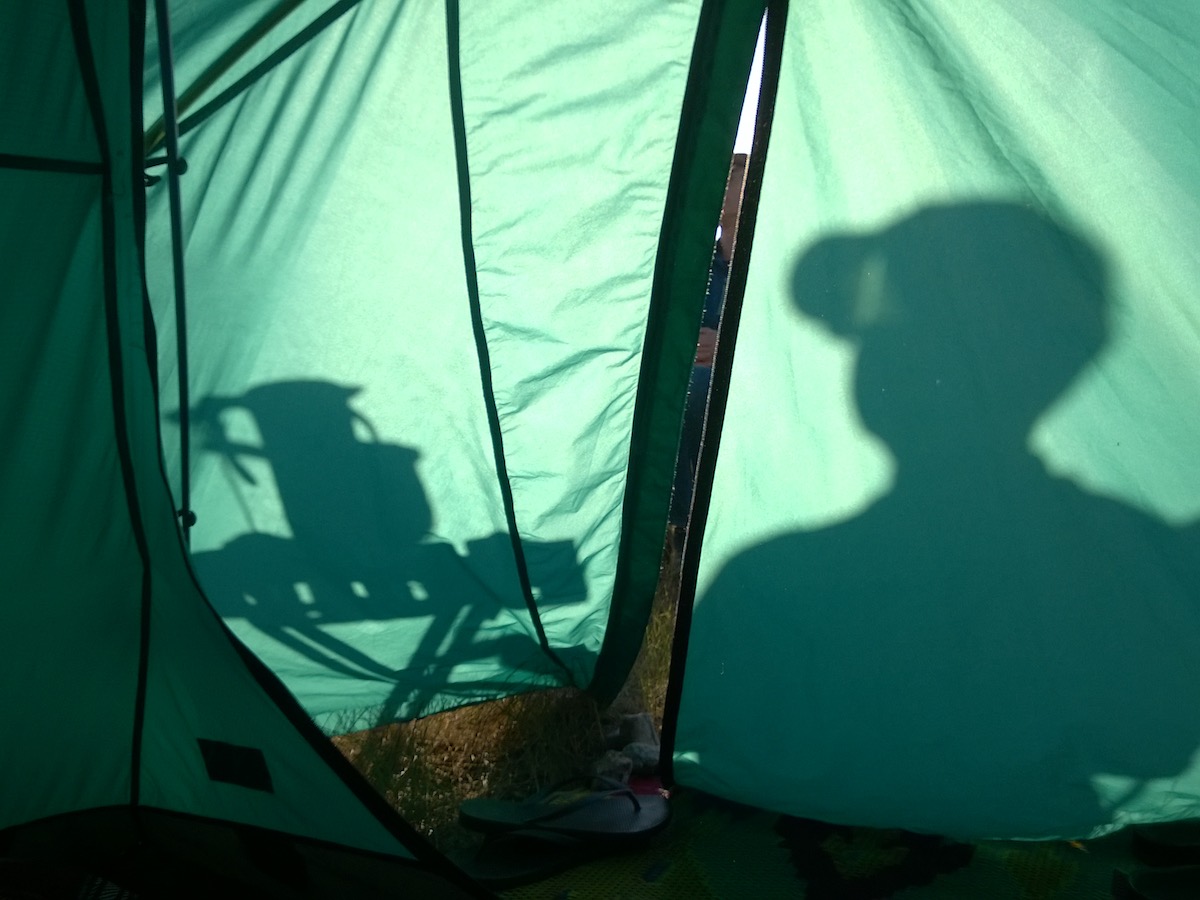
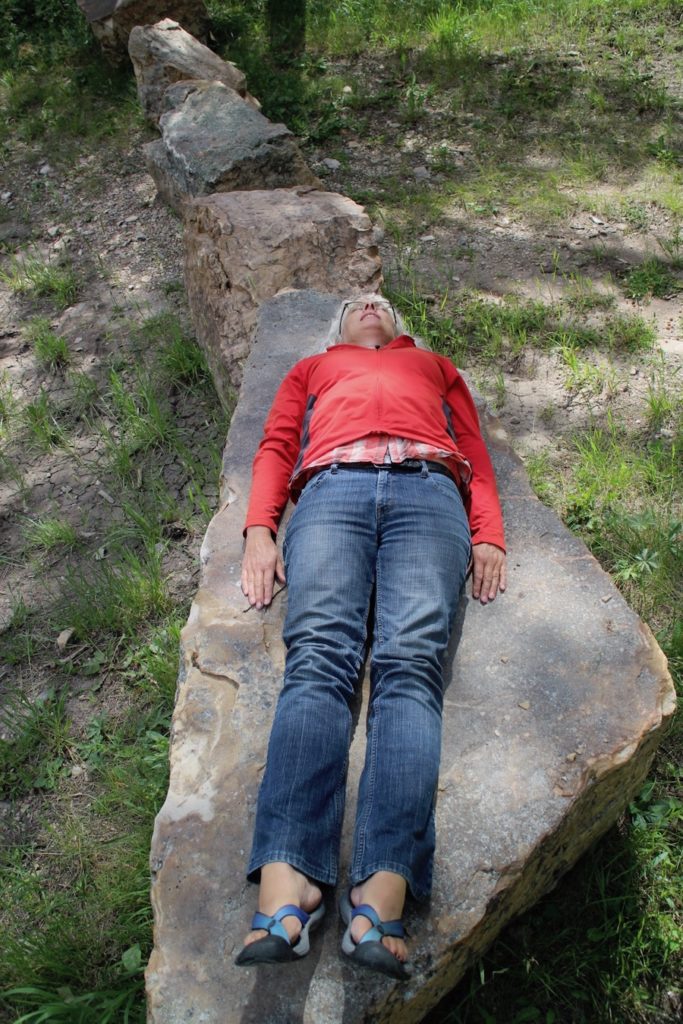
work and light
The plant life and wind turbines rest completely still. Sitting outside for nearly an hour, I cannot find a leaf or blade of grass moving. First I watch with a focused stare for the tiniest motion, then I look away and turn back quickly, as if to catch a thief sneaking. Finally the smallest movement of air ruffles the tallest blades of grass and I am ridiculously elated. Then suddenly a burst of feathered wings shoots out from behind my chair. A juvenile robin… had it been there all along? Feathers are so light and airy, but when propelled by a living bird, the sound is a deep and resonant thumping. How did birds come to symbolize peace and lightness? Perhaps only by being viewed from a distance, soaring gracefully. Close at hand they are busy creatures, pecking and squabbling and claiming territory.
Sitting in the yard again, I watch two rabbits search out specific blades in over an acre of grass. Their darting around is fairly random, but looks similar to my days in the studio, moving back and forth without apparent logic from one project to the next.
…if you diligently work from nature without saying to yourself before hand – ‘I want to do this or that,’ if you work as if you were making a pair of shoes without artistic preoccupations, you will not always do well, but the days you least expect it, you will find a subject which holds its own with the work of those who have gone before. You learn to know a country, which is basically quite different from what it first appears…It is the experience and the poor work of everyday, which alone will ripen in the long run and allow one to do something truer and more complete. – Van Gogh November 1889
In strong light, my neighbor’s field changes throughout the day. Early mornings, flooded from the side by a low sun, it is nearly white. By high noon it is ripe with yellow and in the evening dusk it looks green like all the grass around it. Van Gogh relentlessly put to the page whatever light condition was within his field of vision even when it was the view from the asylum window.
In the far north, where days or nights can be very long depending on the season, Solnit finds the days disorienting and difficult. She believes ideas emerge from darkness, from the edges and shadows, the light only providing a place for them to be seen.
Light and darkness… in rural Montana I live by the transitions from one to the other. Is it the sun dropping behind the western hills in a preposterous brilliant pallet that causes me to step outside and register the move toward night? Or is this just the marker of a time for gathering in, for reducing the vastness of space to the clutch of four walls and a reading light? And is it the new light that makes early morning a time of alertness? Or is it having just come from the darkness of night… a time of rest and perspective?
I see the sun coming through two slits at the horizon, first a luminous pink light and second a brilliant white. Each lasts a few minutes before the sun is behind a band of dark clouds. It is not the color but the constant game between sun and clouds and my need of bright light for drawing that keeps me watching the sky. I sit on the porch waiting, at first I needed a sweater, then not, then I needed it again… seven and a half weeks here in Two Dot…. not enough…. too much.
It is toward the end of my separation from John, I woke up feeling, not blue, but a little choked, perhaps with both joy and sadness. Is it the two gin and tonics drunk last night before at the bar laughing with friends? Is it the sun shafts through the few clouds at the horizon in rays that make some think of god? Or is it waking in this big bed alone on this day that marks 43 years with John? A few minutes together on the phone when we wake and again before we sleep has sustained us, but I am ready to feel his arms around me, to close the gap between the faraway and the nearby.
Deep in the night before quitting Two Dot for a week in the city, the stars have woken me. They have been behind cloud-cover for days. But now, less than four hours before I am to leave, every possible star has come into view. They entered the house and my sleeping fog, opening my eyelids gently but with determination. And so, I’ve made my way to the porch. The Milky Way arches over the house and every brilliant point is a goodbye and an invitation to hurry my return.
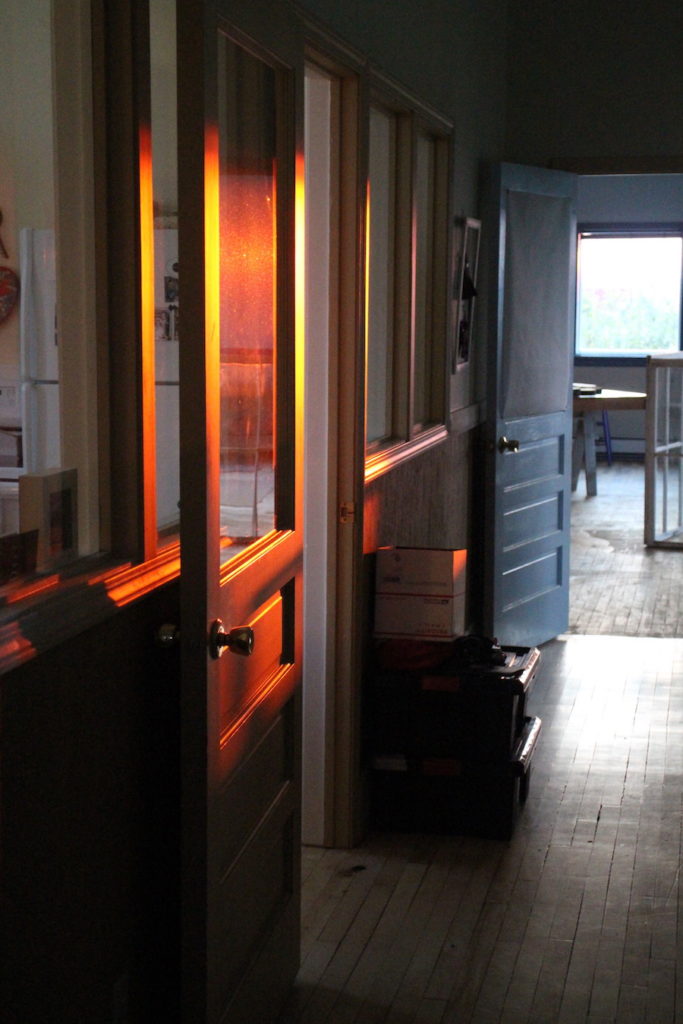
there becomes here again
Solnit imagines that the whiteness of a page before it is written on and after it is erased is and is not the same thing, just as the silence before and after a word is spoken is and is not the same.
After a week away with John I arrived back at the schoolhouse late, it was cold and dark. There were no stars visible, but the air was full of the now comfortable question, “What am I doing here alone?” I am coming to recognize this as a transition question, a kind of semi-colon offering a chance to catch breath without laboring the thought of what is being conjoined.
This morning I am sitting in front of waves of prairie, the Big Belt Mountains hovering in the distance. It smells of grass and dirt. Not that long ago I sat in front of an expanse of sea that rocked in front of the Olympic Mountains, smelling of seaweed and salt. Back and forth, back and forth, there becoming here and then there again.
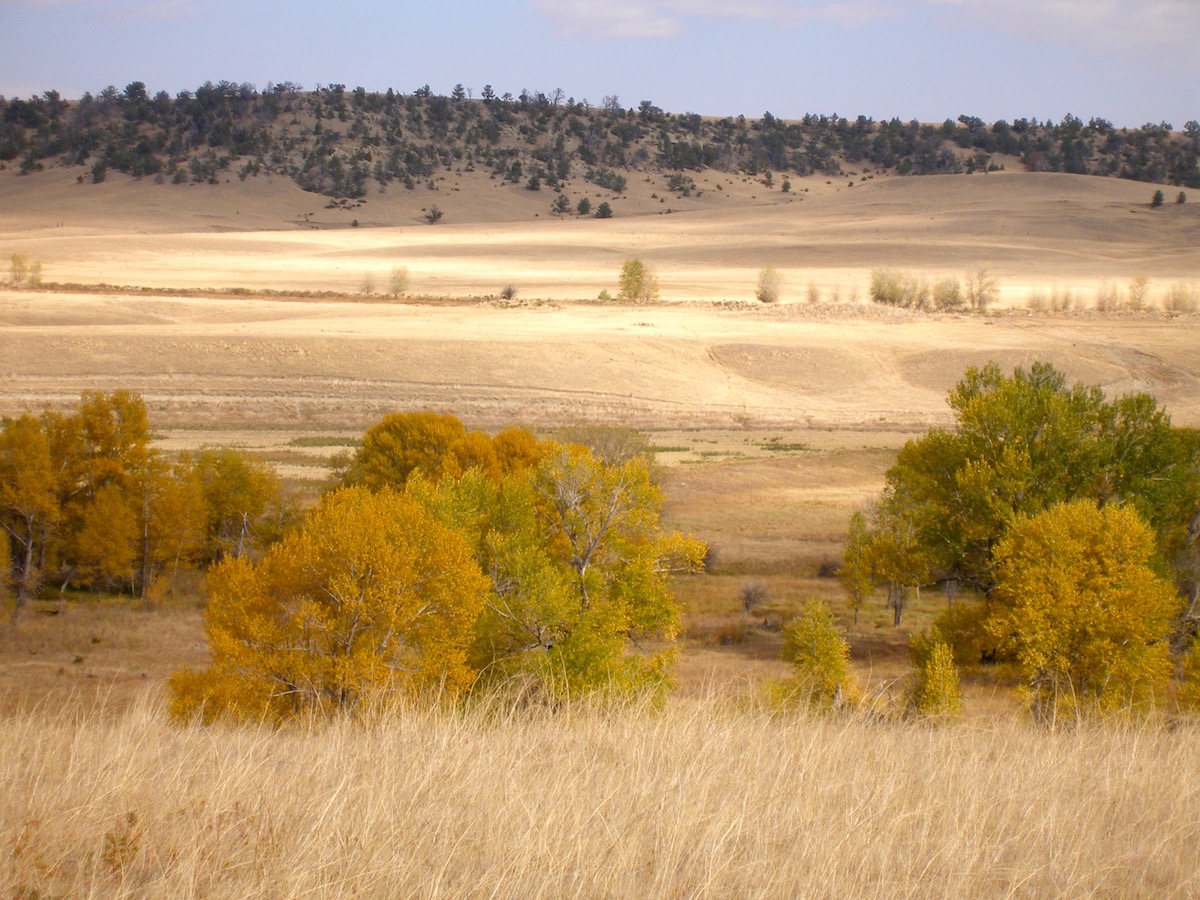
Back to Articles
